This article was medically reviewed by Lacy Windham, MD and by wikiHow staff writer, Aly Rusciano. Lacy Windham, MD, is a Board-Certified Obstetrician & Gynecologist in Cleveland, Tennessee. Dr. Windham attended medical school at the University of Tennessee Health Science Center in Memphis. Her residency was completed at Eastern Virginia Medical School in Norfolk, Virginia. She was the recipient of multiple awards during her residency training, including Most Outstanding Resident in Maternal Fetal Medicine, Most Outstanding Resident in Oncology, Most Outstanding Resident Overall, and Special Award in Minimally Invasive Surgery.
There are 23 references cited in this article, which can be found at the bottom of the page.
wikiHow marks an article as reader-approved once it receives enough positive feedback. This article has 12 testimonials from our readers, earning it our reader-approved status.
This article has been viewed 567,128 times.
Itching down there can be uncomfortable, but what if we told you there was a way to ease the itch almost immediately? If you’re experiencing vaginal itch, you’re not alone! Vaginal irritation happens for many reasons, and you may be able to stop the itching with a home remedy. We’ve got you covered whether you’re dealing with a yeast infection, skin irritation, STD, or bacterial infection. Keep reading to learn how you can stop vaginal itching from the comfort of your home and when it’s time to see a doctor.
Things You Should Know
- Use a cold compress to soothe vaginal itching caused by yeast infections.
- Soothe vaginal itch immediately by taking a baking soda, apple cider vinegar, or oatmeal bath.
- Add more fermented foods like yogurt, pickles, and sauerkraut to your diet to improve your vagina’s bacteria and pH balance.
- Prevent vaginal itch by wearing cotton underwear, regularly changing clothes, and practicing safe sex.
Steps
Warnings
- Avoid scratching your vagina as much as possible. We know it’s tough, but itching the area could make it feel worse.[26]⧼thumbs_response⧽
References
- ↑ https://www.peelregion.ca/health/sexuality/sti/sti-yeast.htm
- ↑ https://pubmed.ncbi.nlm.nih.gov/17373175
- ↑ https://link.springer.com/article/10.1007/s00284-014-0585-9
- ↑ https://nationaleczema.org/eczema/treatment/bathing/
- ↑ https://ufhealth.org/vaginal-itching-and-discharge-child
- ↑ https://www.ncbi.nlm.nih.gov/pmc/articles/PMC5788933/
- ↑ https://health.clevelandclinic.org/do-home-remedies-actually-work-for-yeast-infections/
- ↑ https://www.ccsenet.org/journal/index.php/gjhs/article/view/43971
- ↑ https://www.hindawi.com/journals/scientifica/2016/7061587/
- ↑ http://www.mayoclinic.org/diseases-conditions/yeast-infection/basics/treatment/con-20035129
- ↑ https://my.clevelandclinic.org/health/diseases/5019-vaginal-yeast-infection
- ↑ https://www.health.harvard.edu/staying-healthy/managing_common_vulvar_skin_conditions
- ↑ https://www.jeffersonhealth.org/your-health/living-well/easy-ways-to-improve-vaginal-health
- ↑ https://www.health.harvard.edu/staying-healthy/how-to-get-more-probiotics
- ↑ https://health.clevelandclinic.org/probiotics-for-vaginal-health/
- ↑ https://www.nhs.uk/conditions/vaginitis/
- ↑ https://www.cosmopolitan.com/sex-love/g40290984/best-feminine-washes/
- ↑ https://medlineplus.gov/ency/article/003158.htm
- ↑ https://intermountainhealthcare.org/blogs/topics/live-well/2018/03/preventing-vaginal-yeast-infections-with-lifestyle-and-diet-changes/
- ↑ https://intermountainhealthcare.org/blogs/topics/live-well/2018/03/preventing-vaginal-yeast-infections-with-lifestyle-and-diet-changes/
- ↑ https://www.womenshealth.gov/a-z-topics/douching
- ↑ http://www.mayoclinic.org/healthy-lifestyle/sexual-health/basics/std-prevention/hlv-20049432
- ↑ https://myhealth.alberta.ca/Health/aftercareinformation/pages/conditions.aspx?hwid=uf9648
- ↑ https://medlineplus.gov/ency/article/003158.htm
- ↑ https://medlineplus.gov/ency/article/003158.htm
- ↑ https://onlinelibrary.wiley.com/doi/full/10.1111/j.1542-2011.2012.00183.x
About This Article
To stop vaginal itching, apply a cool compress, like a wet washcloth, to your vaginal area for 5 to 10 minutes. You can also use a gentle moisturizer for temporary relief. No matter what the cause of your itching is, try to stop scratching as this will only lead to more itching or a possible infection. If you’re unsure why you’re having vaginal itchiness, try to eliminate irritants or possible allergens by using an unscented laundry detergent, skipping fabric softener, and switching to a gentle cleanser. For more tips from our Medical co-author, like how to treat vaginal itchiness due to a yeast infection, keep reading!
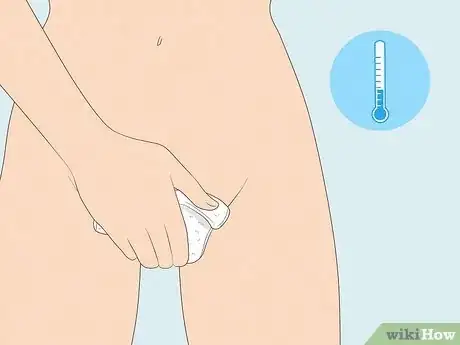
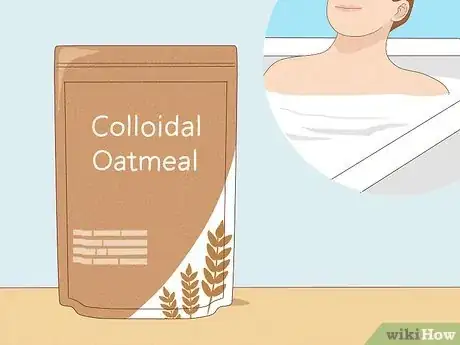





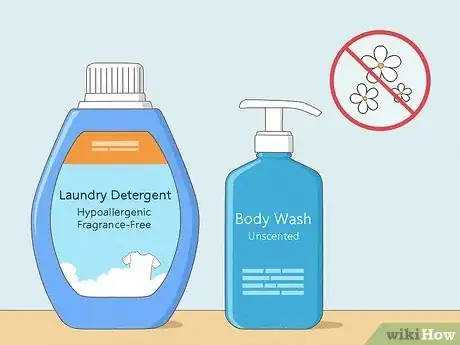

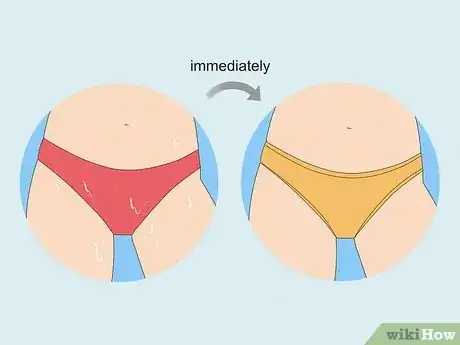




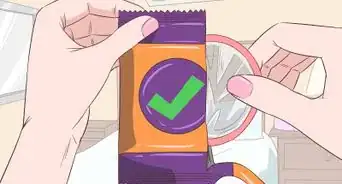

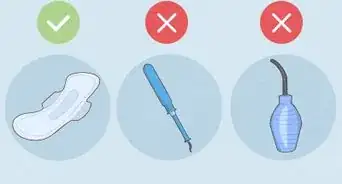
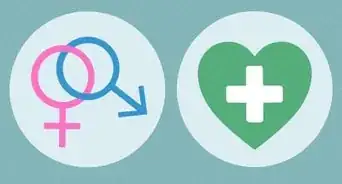
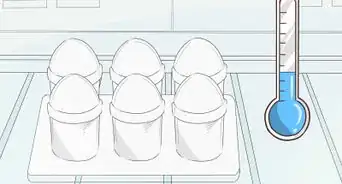
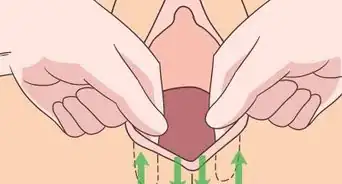
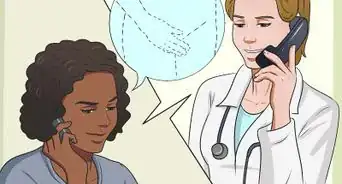
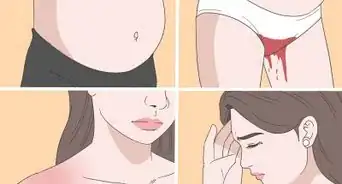
-Step-10-Version-2.webp)


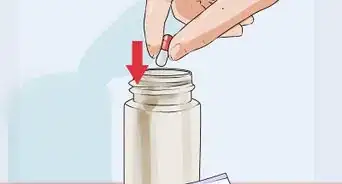
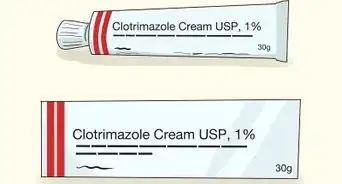
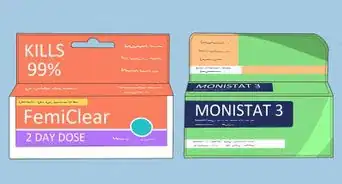










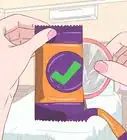
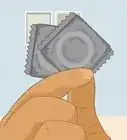
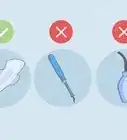
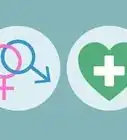




































Medical Disclaimer
The content of this article is not intended to be a substitute for professional medical advice, examination, diagnosis, or treatment. You should always contact your doctor or other qualified healthcare professional before starting, changing, or stopping any kind of health treatment.
Read More...